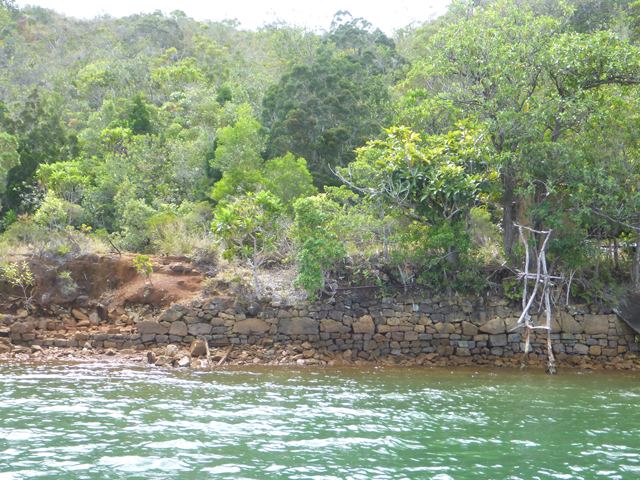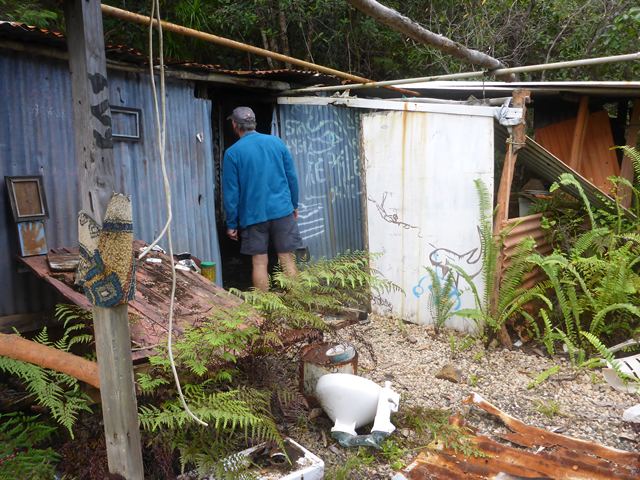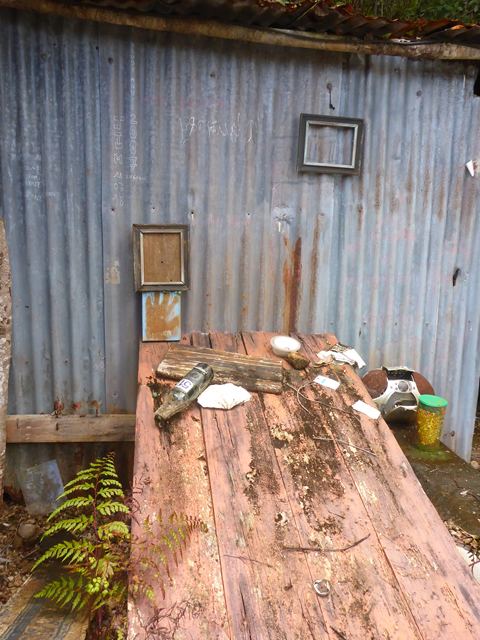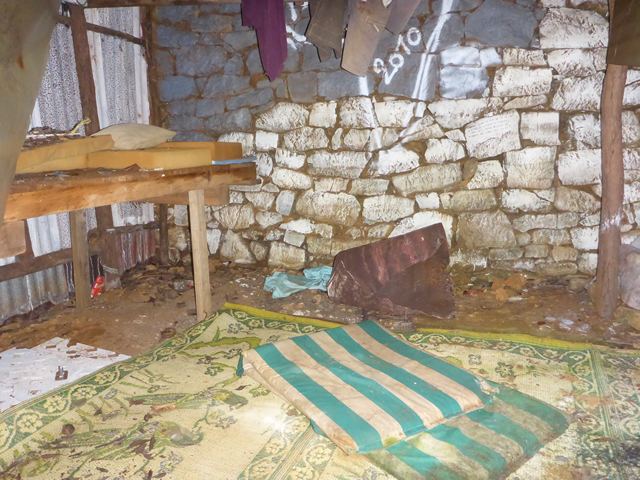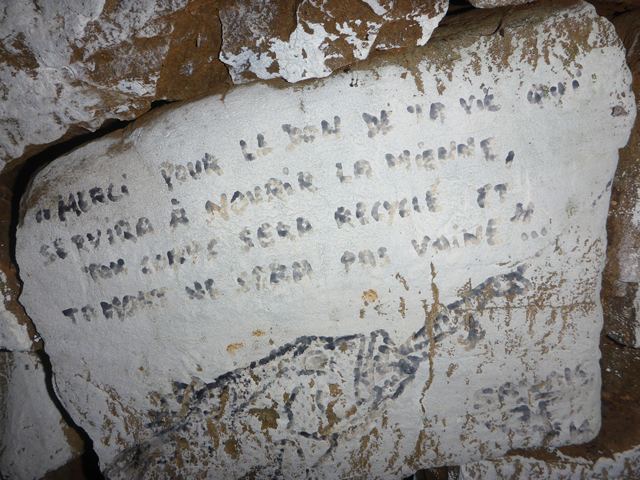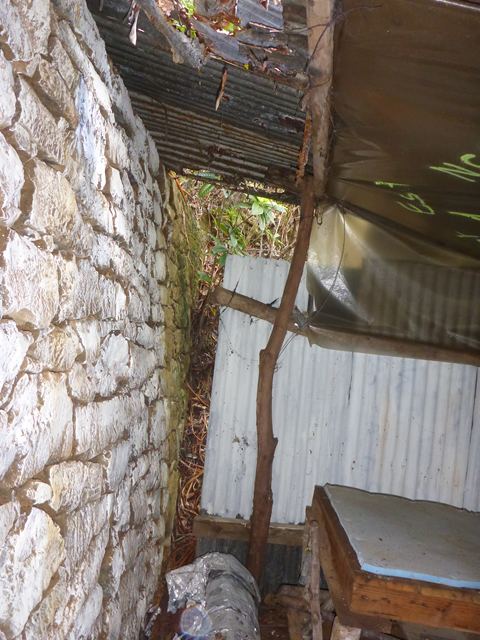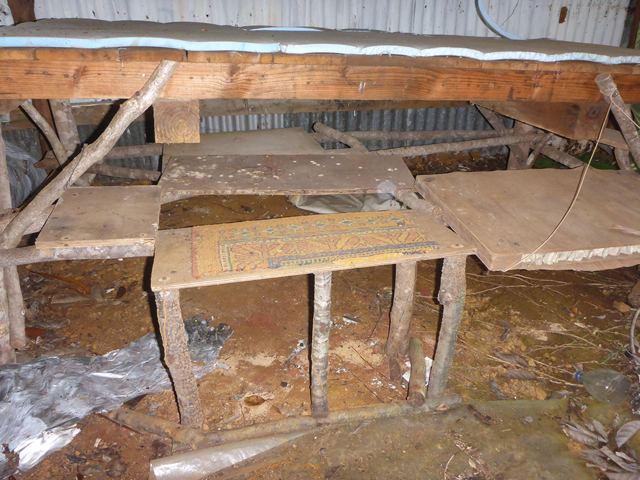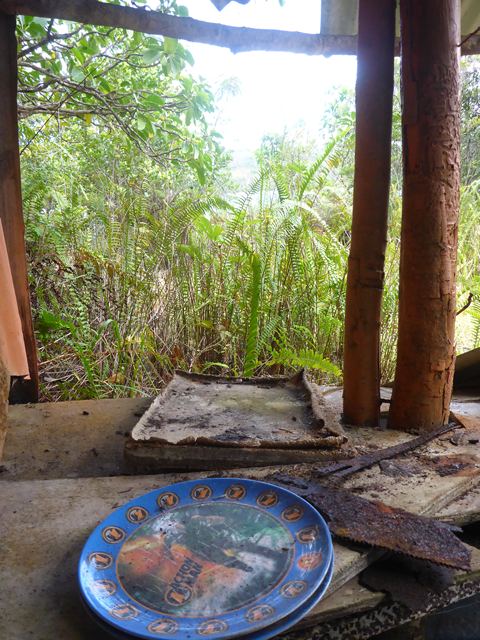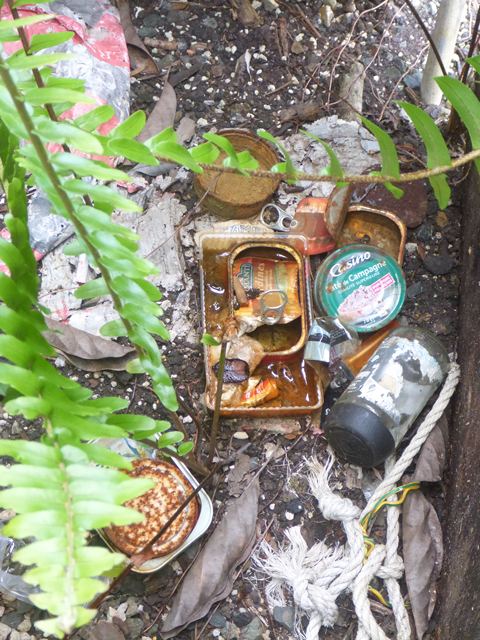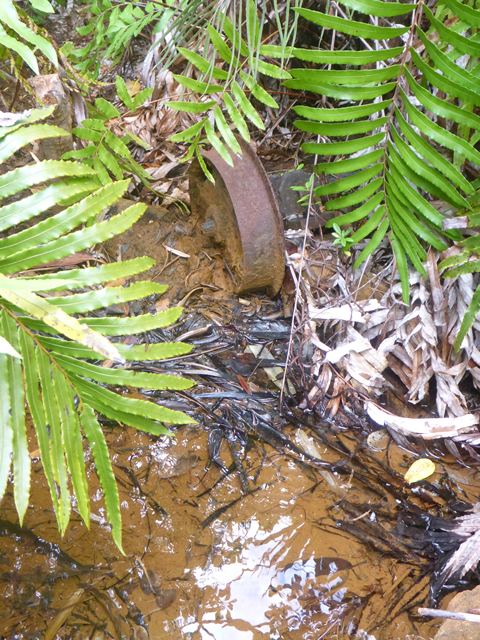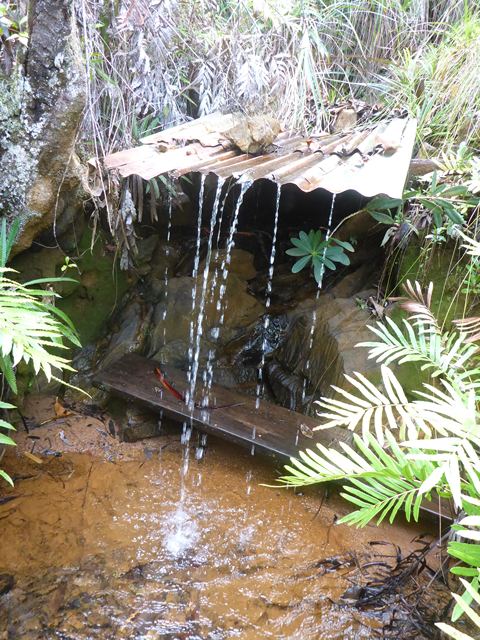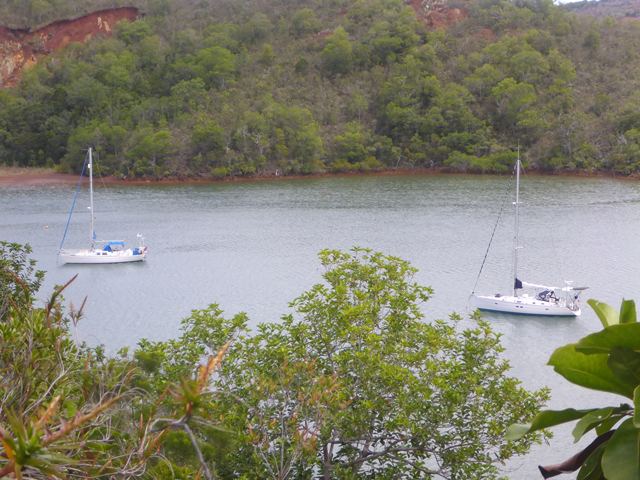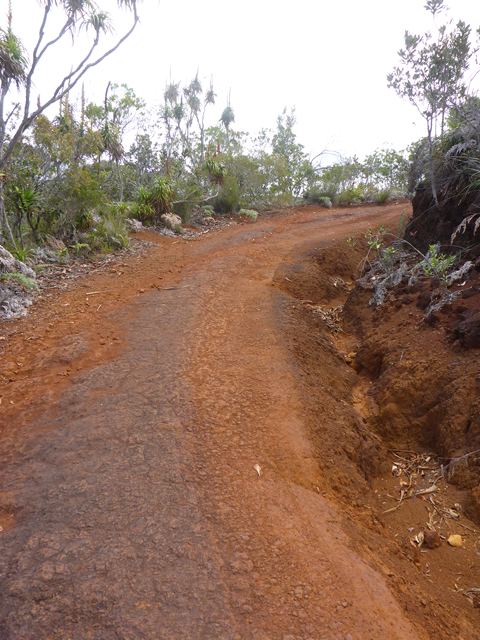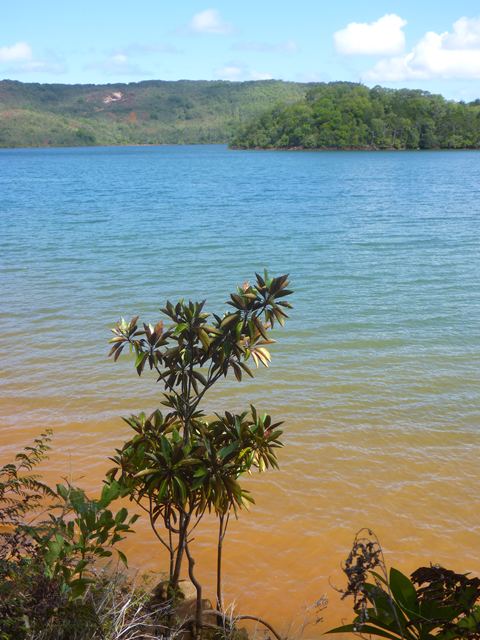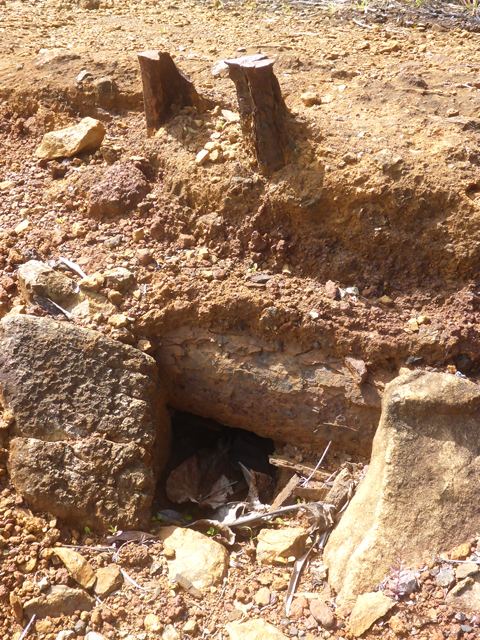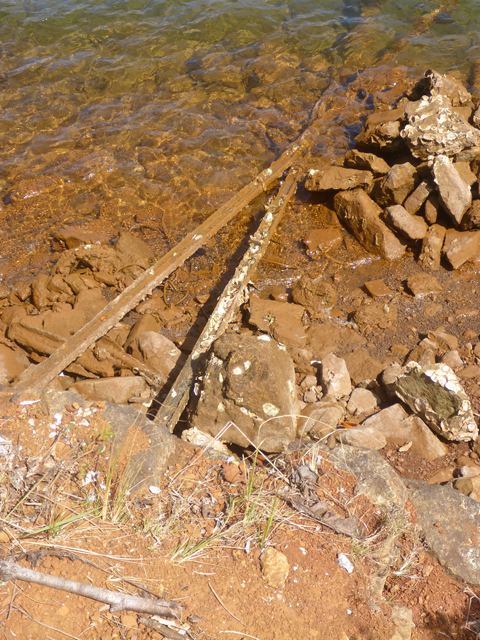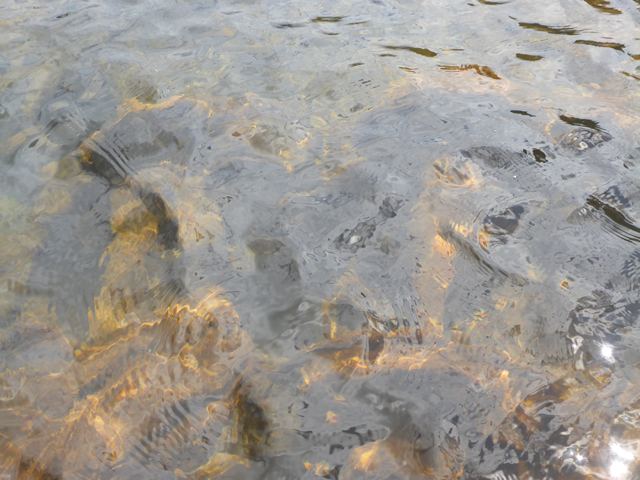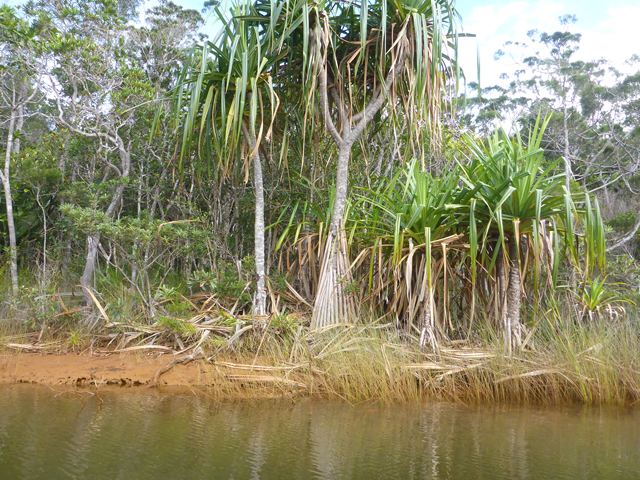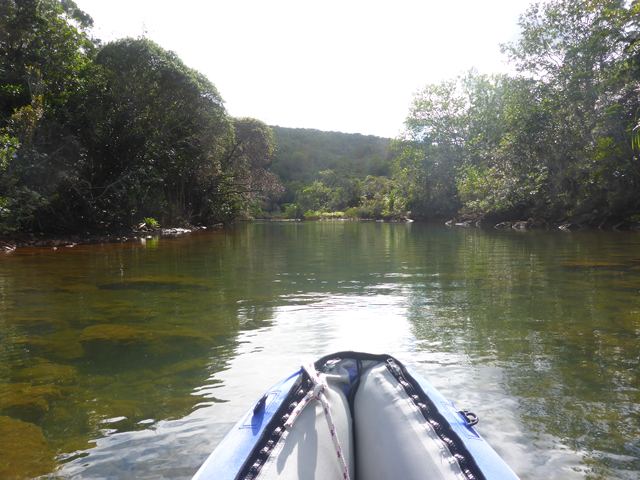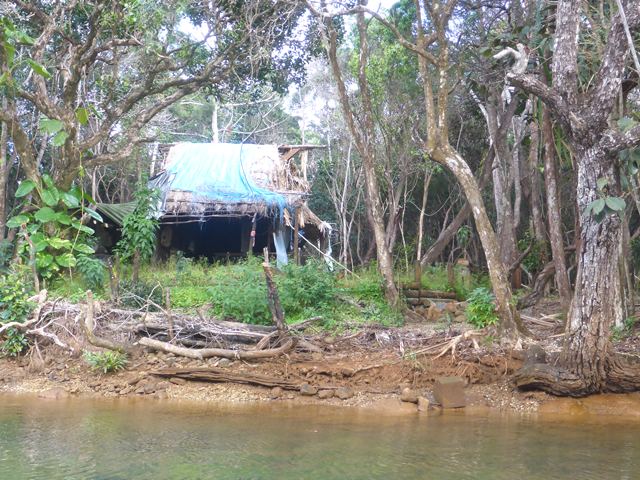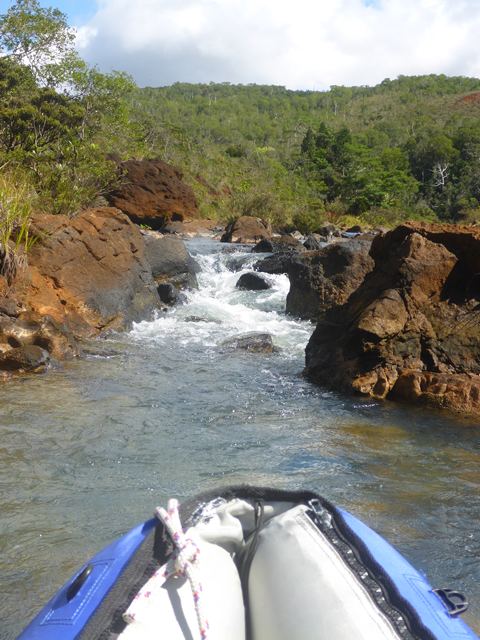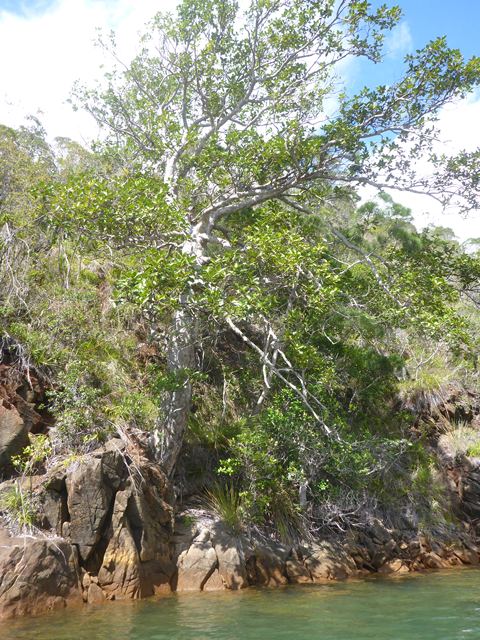To Make Water or not to Make Water

|
To Make Water or not to Make Water Of the Drinking Kind you Understand Around the year 1870 there were many ships here in Baie de Carenage being loaded with chromium and cobalt. The chromium was washed upstream and brought down to the waiting ships at the quay on a little Decauville railway. While scrambling ashore at this old quay for one of our many walks in the area we spotted one of the few remaining little four wheeled open carriages rusting away in the water just off the rocky wall. Through Polaroid sunglasses we could see it clearly without the glare, but I’m afraid you will just have to take my word for it from the picture, unless you can spot the four wheels. It’s a little like one of those gimmicky pictures where some people could see patterns and pictures within what was obvious. Try half closing your eyes. As recently as 1949 the Le Tayo moored at the quay to load 7000 tons of ore bound for Australia and even more recently, as you can see in the pictures, the partially overgrown flat area of the quay has been used as a temporary camp. Metalwork gives away the location of the jetty where now there are overhanging branches for securing the tender. The fresh spring water has been channelled down a pipe into the camp and then allowed to pass over the crinkly tin sheet to act as a shower where one can sit and wash clothes while taking a wash; a nice bit of rustic innovation. Judging by the smooth wide nature of the road, that is where the carriages loaded with washed chromium used to trundle to the quayside and it looks as if the white-washed wall was the original quayside behind the loading area. Back on board the cleaning continued and we discussed using the watermaker in the estuary. The present day mining was around the other side and inland from the coast so there shouldn’t be any residue from there in ‘our’ water. Although my ‘Oeil’ tells me in 2014 there was an accidental leakage of sulphuric acid, used in processing the nickel, into the little stream near the Port of Prony, killing all marine life at the time which is now fortunately recovering, there was no such disturbance near us and hasn’t been for many years. The water we are in is a mix of seawater, Blue River water (nickel, cobalt), and Carenage River and at the time was very clear, so we took the risk and topped up the tank with 100lts. I was checking in my COD to see how blue cobalt is when I read that cobalamin is a Vitamin B12 group of cobalt containing substances a deficiency of which can cause pernicious anaemia, so maybe the water has medicinal qualities! A Canoe with a View One particularly still and pleasant morning we decided to inflate the canoe and go for a potter. We followed the shoreline closely past healthy mangrove forests, pandanus plants so useful to the weavers of the South West Pacific and came across this thatch and plastic sheet roofed hut that we were to stumble upon later on a walk in the woods. The canoe is facing the end of the rocky cascade in the Blue River, again an area approached by well-worn hiking tracks. That was as far as we could go for now so we turned around and I showed Rob the remains of the brick thermal bath; later we were to see further up the cascade by foot with the canoe safely lashed down on the fore-deck. There is something magical about peering into the water from our comfy inflated seats and seeing the fish and oysters close to, doing a slalom between rocky reefs and smoothed river rocks and letting the tide and if we were lucky the wind as well gently push us along. Then there was a wind on the nose as we came back towards Zoonie and some concerted upper body effort was required to make progress. After two hours of pottering we felt well exercised and visually satisfied. The last photo is of a Houp tree, a hard rot proof tree, as you know used in Kanak house building. |
VERSION:2.1
N:;robert white
FN:robert white
REV:20190930T002344Z
END:VCARD
